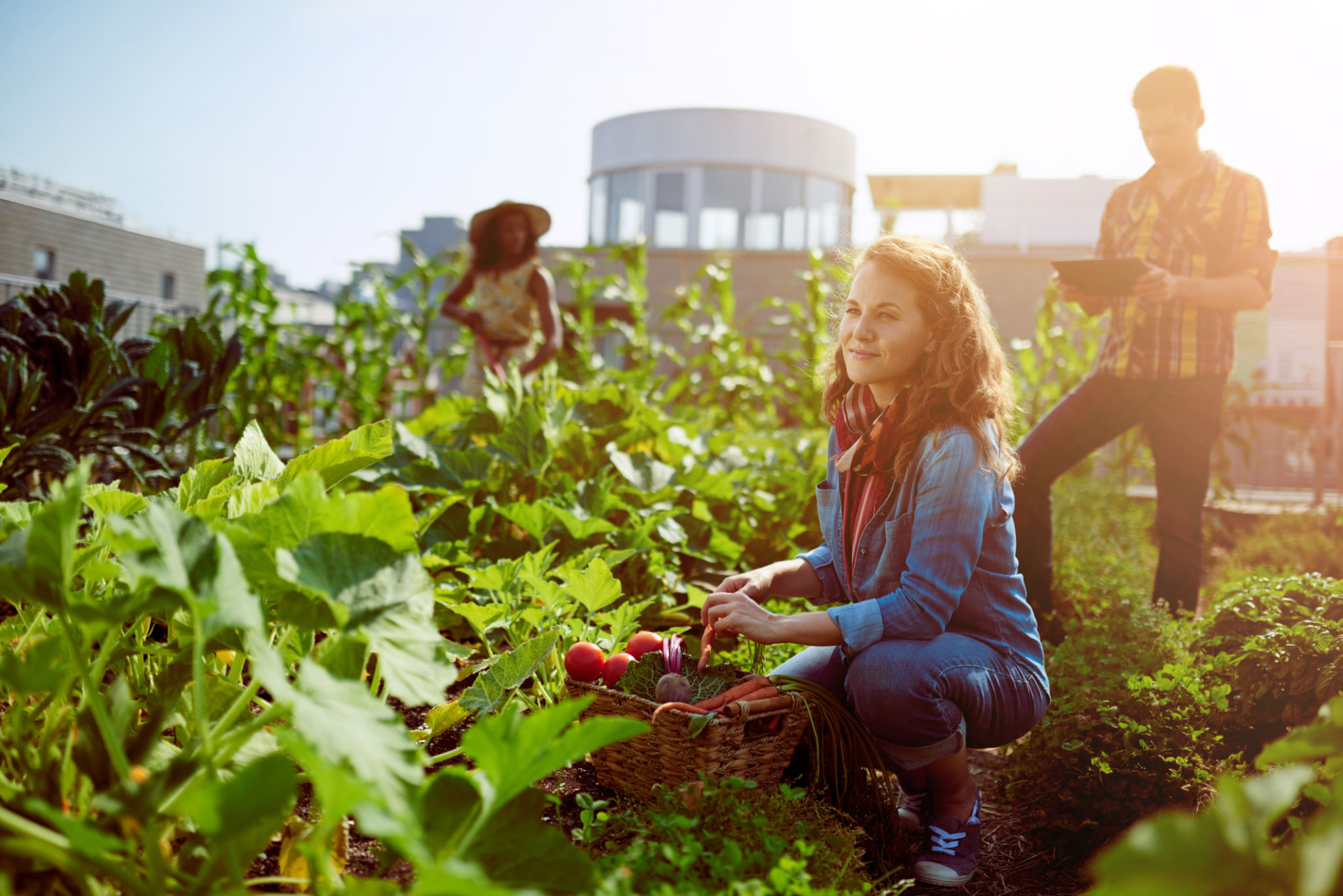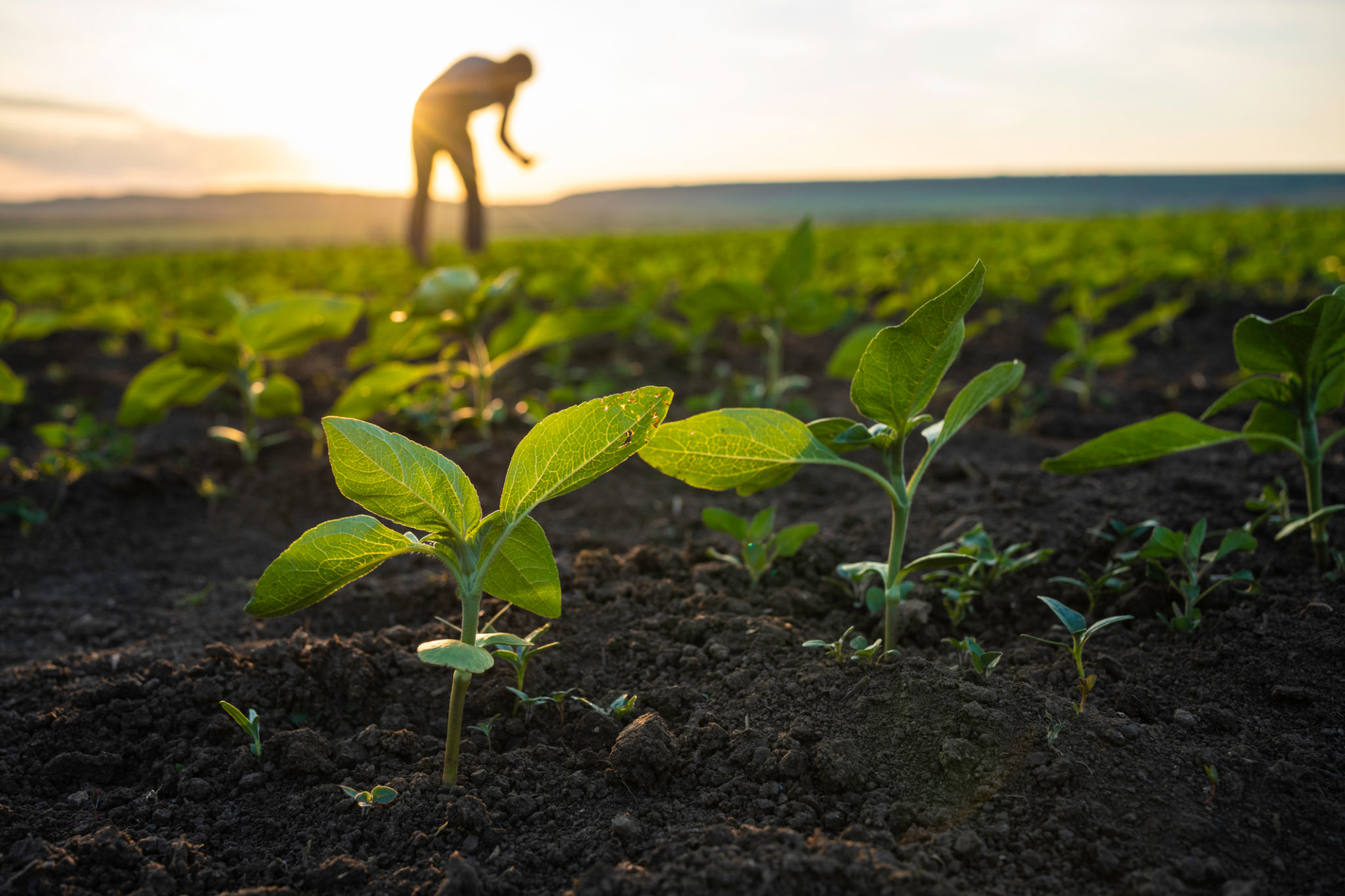The Benefits of Vertical Farming: Sustainable Solutions for Urban Living
Introduction to Vertical Farming
As urban areas continue to expand, the need for sustainable agricultural solutions becomes more crucial. Vertical farming offers an innovative approach to food production, enabling the cultivation of crops in vertically stacked layers. This method is particularly beneficial in urban settings where space is limited, providing a sustainable and efficient solution to feed growing populations.

Maximizing Space and Resources
One of the primary advantages of vertical farming is its ability to maximize space. By growing crops in vertically stacked layers, vertical farms make efficient use of available land, often utilizing unused urban spaces such as rooftops and abandoned warehouses. This method not only conserves space but also reduces the need for deforestation to create new farmland.
Moreover, vertical farming significantly reduces resource consumption. Traditional agriculture often requires vast amounts of water, but vertical farms can reduce water usage by up to 70% through recirculation systems and closed-loop processes. This efficiency makes vertical farming an attractive option for regions facing water scarcity.
Enhancing Food Security
Vertical farming plays a crucial role in enhancing food security in urban areas. By bringing food production closer to consumers, it reduces the dependency on long supply chains, which can be vulnerable to disruptions. This proximity ensures a consistent supply of fresh produce, regardless of external factors such as climate change or transportation issues.

Additionally, vertical farms can operate year-round, unaffected by seasonal changes. This continuous production capability ensures a steady supply of fresh fruits and vegetables, contributing to a healthier and more resilient urban population.
Environmental Benefits
Beyond resource efficiency, vertical farming offers numerous environmental benefits. By reducing the need for transportation, it lowers carbon emissions associated with food distribution. Furthermore, vertical farms can be designed to use renewable energy sources, further decreasing their carbon footprint.
The controlled indoor environment of vertical farms also reduces the need for pesticides and herbicides, resulting in fewer chemicals entering the ecosystem. This not only promotes healthier produce but also contributes to the overall well-being of surrounding communities.

Challenges and Future Prospects
While vertical farming offers many advantages, it also presents certain challenges. The initial setup costs can be high, and there is a need for specialized technology and expertise to manage these systems effectively. However, as technology advances and economies of scale are achieved, these barriers are likely to diminish.
Looking ahead, the potential for vertical farming is immense. As urban populations continue to grow, the demand for sustainable food production solutions will increase. Vertical farming is poised to play a significant role in meeting this demand, providing fresh produce while minimizing environmental impact.
Conclusion
In summary, vertical farming represents a promising solution for sustainable urban living. By maximizing space, conserving resources, enhancing food security, and offering environmental benefits, it addresses many challenges faced by traditional agriculture. As we continue to innovate and refine these systems, vertical farming will undoubtedly become a cornerstone of urban agriculture in the future.